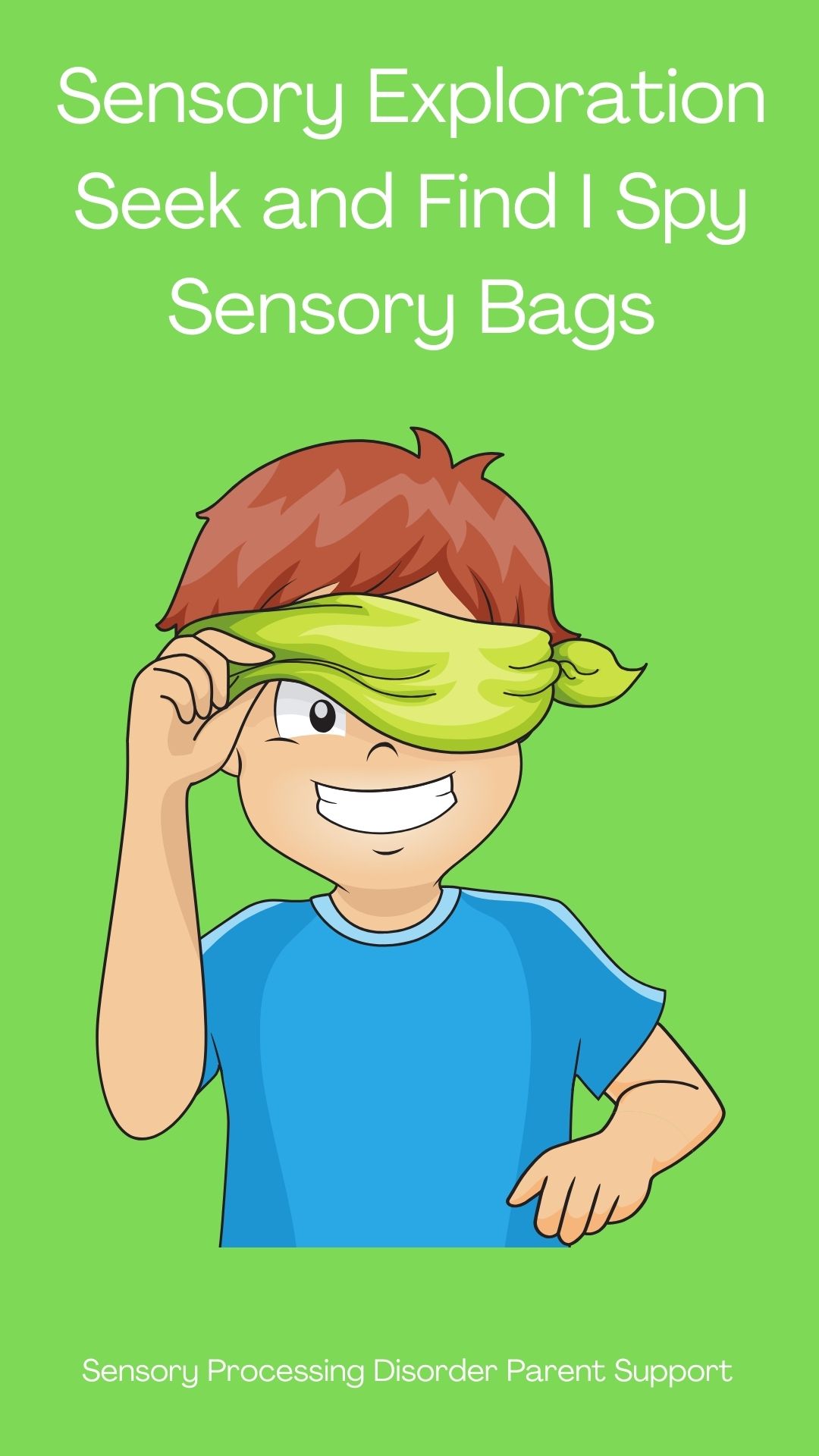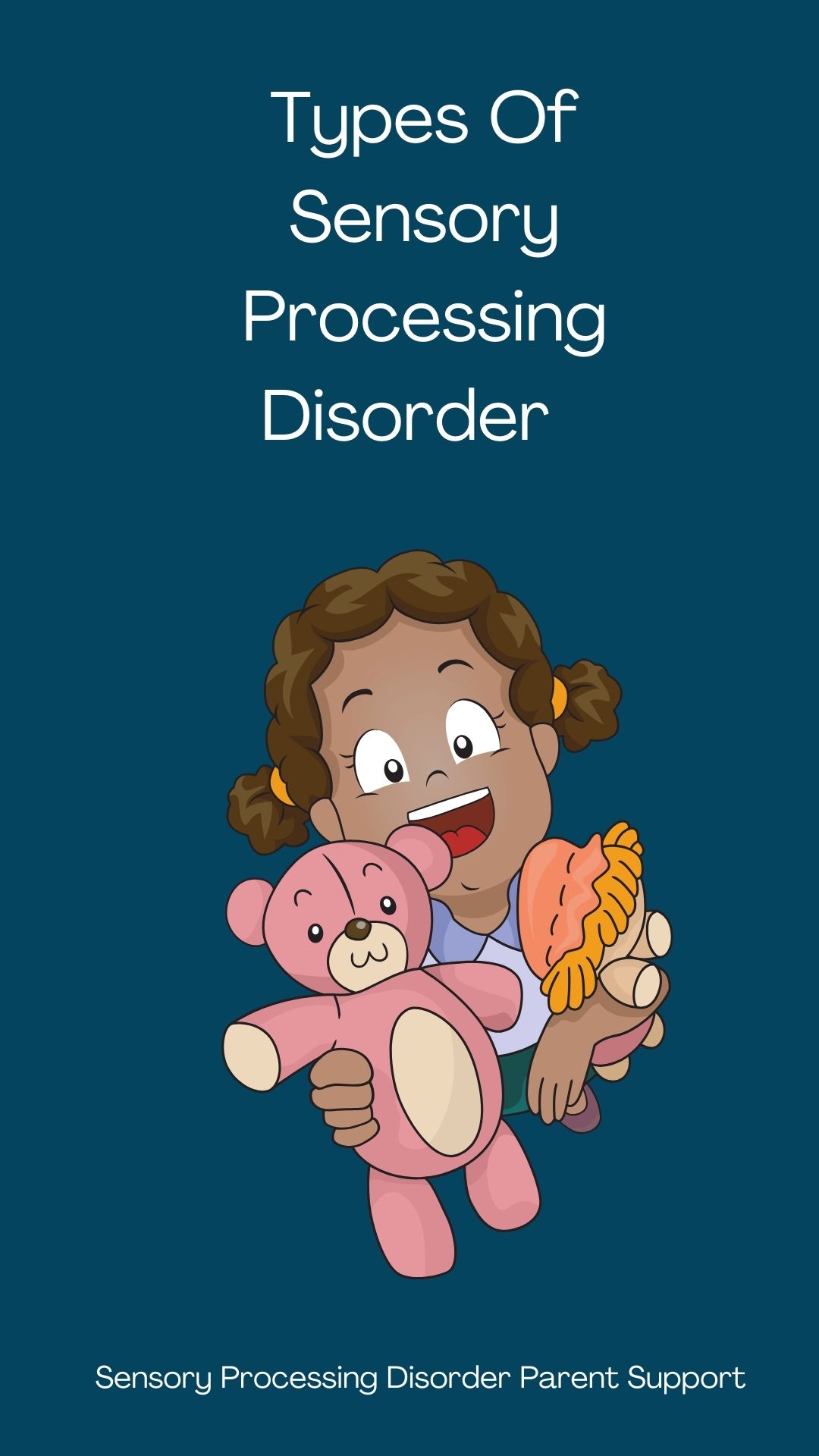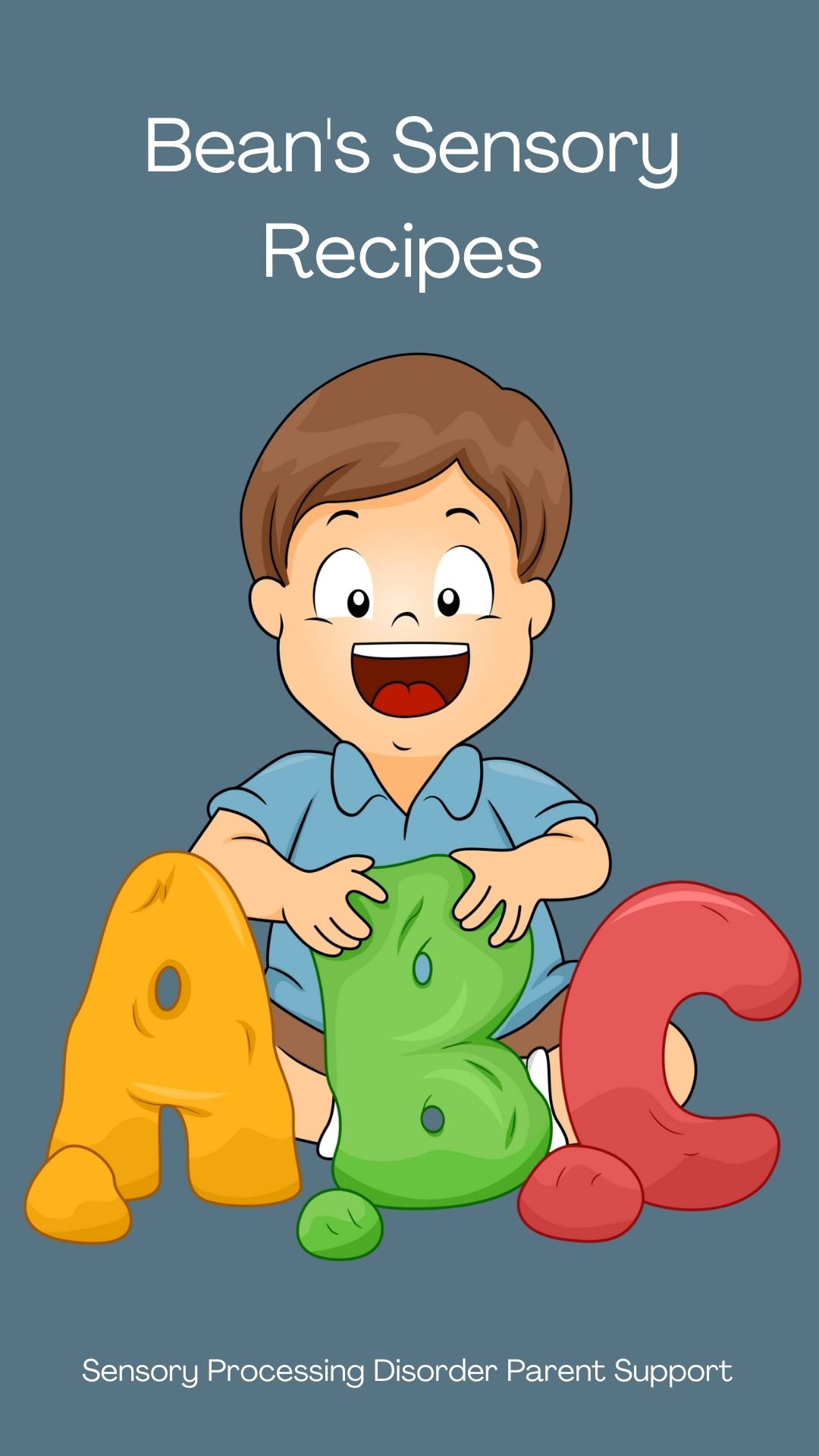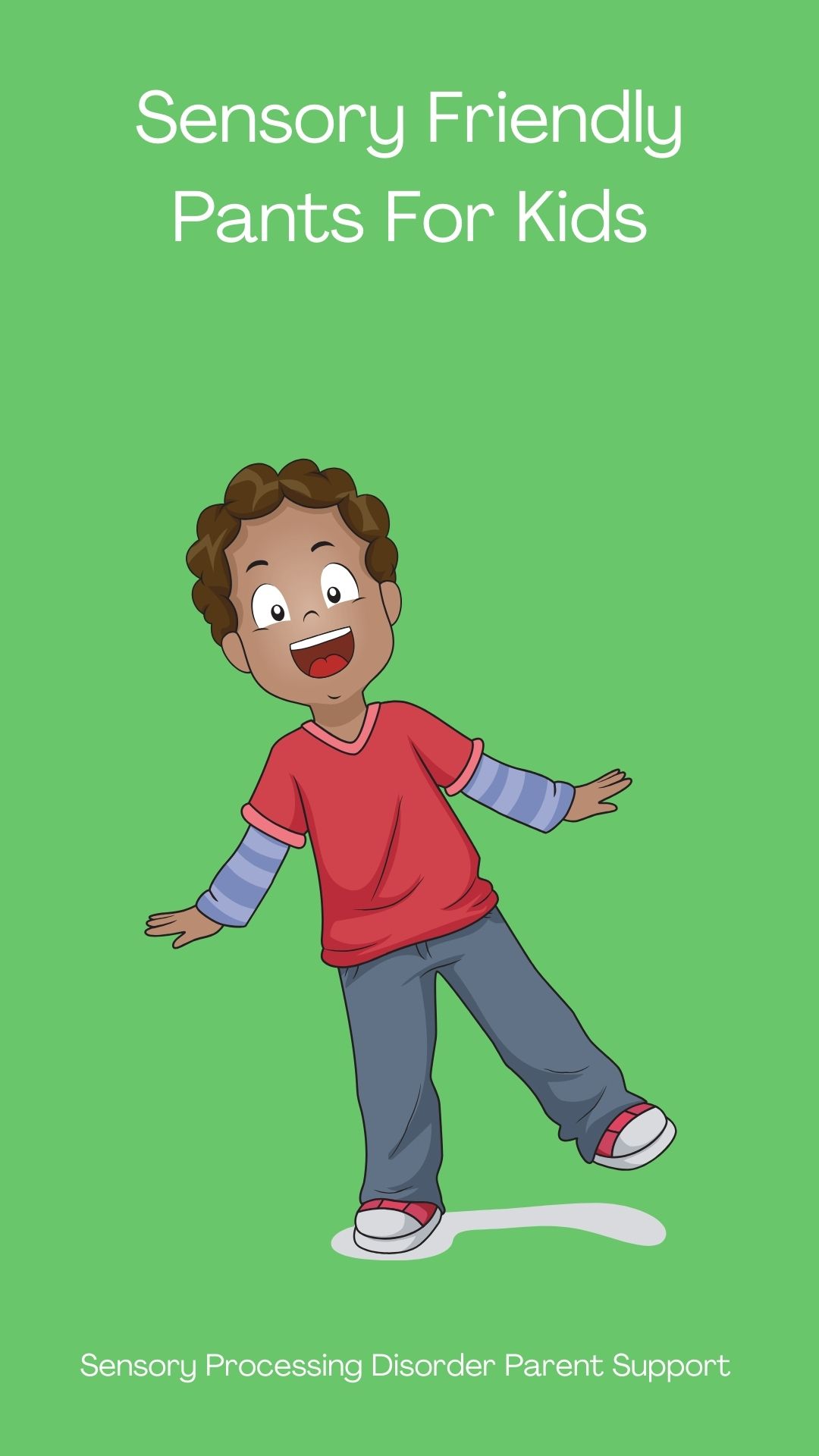
Sensory Processing Disorder Parent Support
Sensory Processing Slime, Sensory Dough & Putty Play
Children with sensory differences ... painting the world beautiful.
Sensory Processing Slime, Sensory Dough & Putty Play
Jeanette Loftus
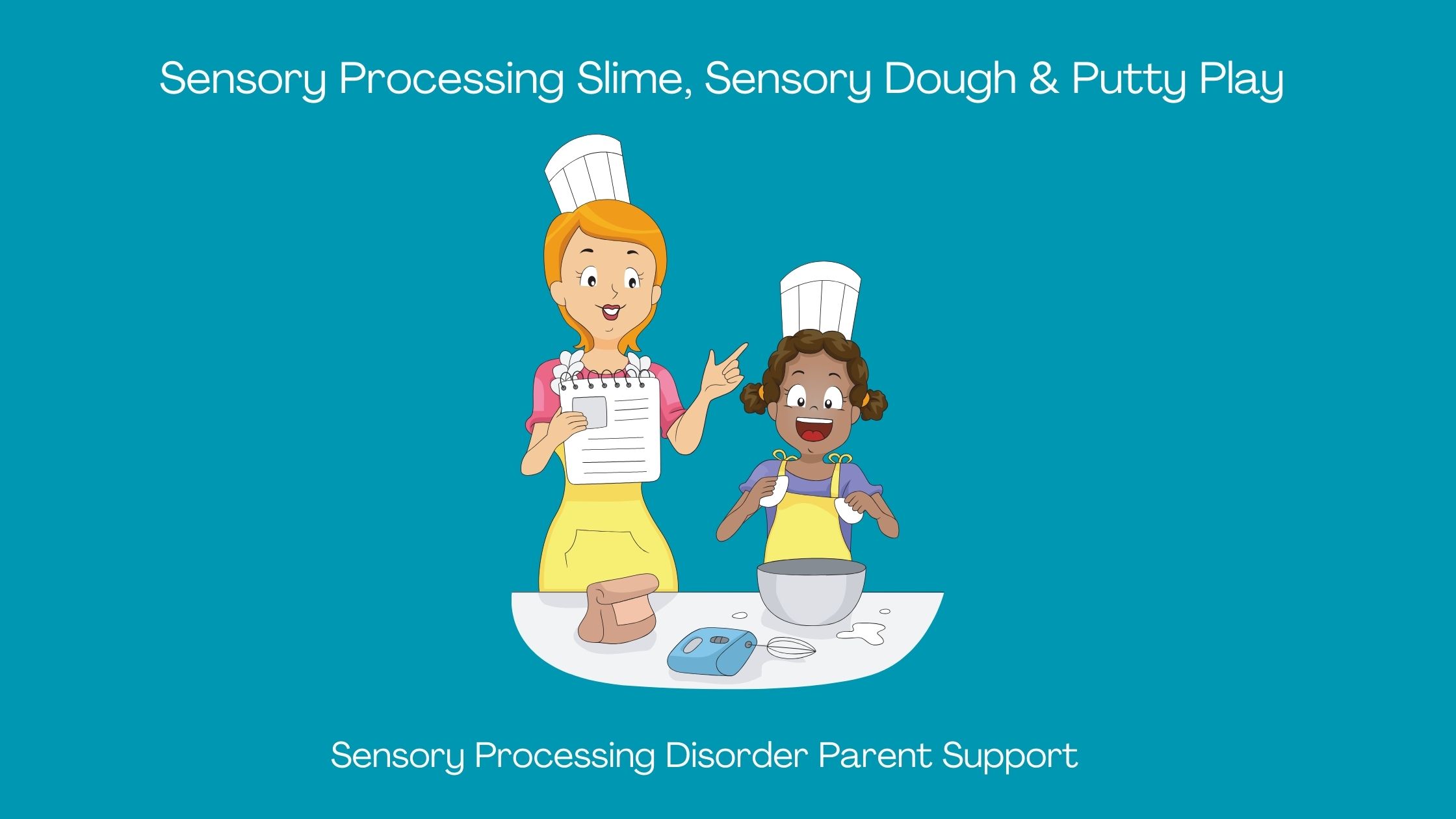
Some children who have Sensory Processing Disorder struggle with sensory tactile defensiveness and it can cause them significant difficulties in their daily lives. The goal to doing tactile activities with your child is to decrease their sensory tactile defensiveness. Tactile defensiveness affects how a child responds to touch. Children with tactile defensiveness may experience extreme discomfort to being touched or touching different textures like slime.
Benefits Of Sensory Play
Fine/gross motor skills
Cognitive development
Hand-eye coordination
Exploring with all senses
Supports self-regulation
There are many daily activities that can cause a child to become tactile defensive such as brushing teeth, getting dressed, cutting nails, washing themselves or brushing their hair.
Sensory play can help children with tactile defensiveness learn to self-regulate their responses to touch. They can learn to calm themselves down and cope with overwhelming sensory input.
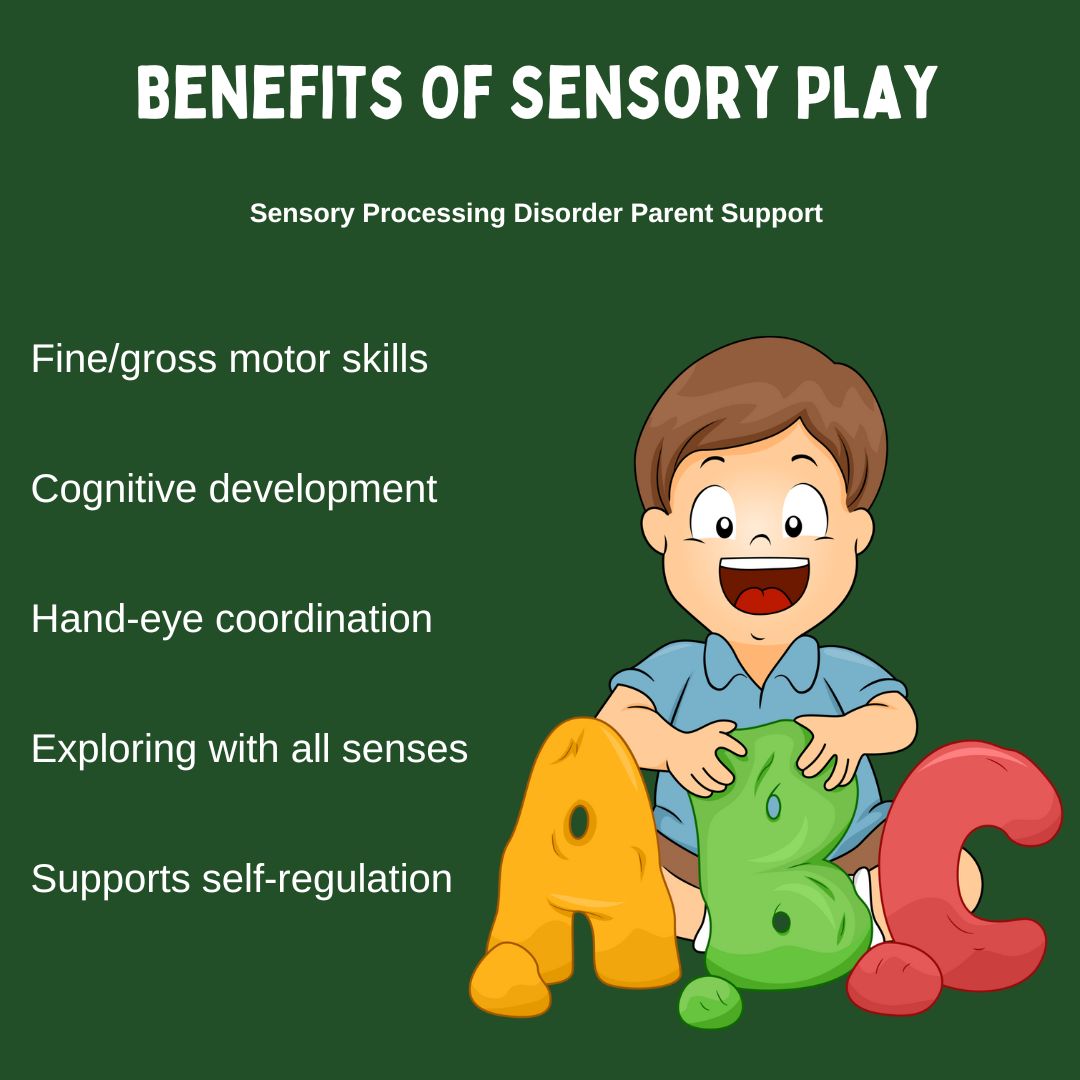
Playing with slime, putty , and play dough can be calming and therapeutic for children with tactile defensiveness. It provides a safe and controlled way for them to experience touch without the anxiety or discomfort they may experience in other situations.
These sensory activities help children become more aware of their own bodies and sensations. They can learn to identify and differentiate between different textures and pressures.
Start gradually and i ntroduce the activity slowly and with small amounts.
Choose appropriate materials for your slime and s elect slime, putty, or play dough with textures that are tolerable for the child.
Provide support: Observe the child's reactions and provide encouragement or support as needed.
Allow for breaks i f the child becomes overwhelmed, take a break and try again later.
Make it fun: Engage the child in sensory activities that make sensory play enjoyable.
Sensory play activities, particularly those involving slime , putty, and play dough, can provide numerous benefits for children with tactile defensiveness. These activities can help reduce sensitivity, improve regulation, enhance self-awareness and relieve anxiety.
When a child who has sensory processing disorder plays with different tactile sensory activities that their occupational therapist has included in their sensory diet, children with sensory tactile defensiveness can overcome sensory challenges.
50 Tactile Sensory Activities
27. create art using Wikki Stix
28. Wilbarger brushing
29. Wrap up in a compression sheet
30. Roll up like a hotdog in a blanket
31. Sit in a sensory pressure canoe (Peapod/Cozy Canoe)
32. Write or draw on a chalk board using chalk
33. Play with jello
34. Roll over body with deep pressure rolling pin
35. Swing in a caccoon swing
36. Play in sensory rice and add different textured toys
37. Water play
38. A walk in nature and exploring different textures
39. Explore using kinetic sand
40. Holding a tactile sensory vibration pillow
41. Dance around on textured floor tiles
42. Explore with sensory sequin tools (fidgets/lap pad)
43. Snuggle up in a weighted blanket
44. Add paint in a ziplock bag and explore the texture
45. Washing dishes
46. Make sensory balloon fidgets with different fillings
47. Squeezing therapy putty or digging in putty to find objects
48. Moving and dancing in a sensory body sock
49. Playing in cooked/uncooked pasta
50. Sitting on a bean bag chair
1.Exploring and playing in sensory bins
2. Painting with finger paints
3. Playing in a sand box
4. Writing and playing in shaving cream
5. Using fidgets
6. Making and playing with slime
7. Making cookies with cookie dough
8. Squeezing, rolling and squeezing play dough
9. Apply different lotions to the body
10. Play using puppets with different textures
11. Make mud pies
12. Use different textured fabrics to touch skin
13. Wearing sensory friendly clothing
14. Games with contact (piggybacks/wrestling)
15. Back rubs
16. Bear hugs and tight squeezes
17. Rolling different textured balls over the body
18. Wear compression clothing
19. Use a weighted vest
20. Heavy work activities
21. Play with water beads
22. Use a vibrating hand massager
23. Jumping in leaves and throwing them in the air
24. Gardening and playing in the dirt
25. Use different textured brushes or cloths at bath time
26. Apply different textured sensory brushes to the skin
Resources For Parents
DISCLAIMER: I have learned a lot over the years but I am still learning. Always do your own research and exercise sound judgment. I am not an occupational therapist or a physician. I am an adult who has sensory processing disorder, a sensory parent and a Grandma. The information on this website is not medical advice and does not replace the information that your child's therapists or medical professionals give you. These are just ideas that I have learned myself over the years of being a parent and an adult living with SPD. If you are concerned for your child, please always seek medical attention through a family doctor, pediatrician or therapist. This website is for awareness purposes only. Each child is different and what works for one child may not for another because all children have different sensory needs. Please always consult with a medical professional. C lick on links throughout each page for more resources and information. Click here for more resources https://sensoryprocessingdisorderparentsupport.com/sensoryprocessingdisorderresources
Amazon offers a small commission on products sold through their affiliate links on my website. Each of your purchases through links on my website for Amazon affiliation links or sponsored links support me but no additional cost to you so thank you. I appreciate it so much! I am not responsible should you purchase anything from any links on this website.
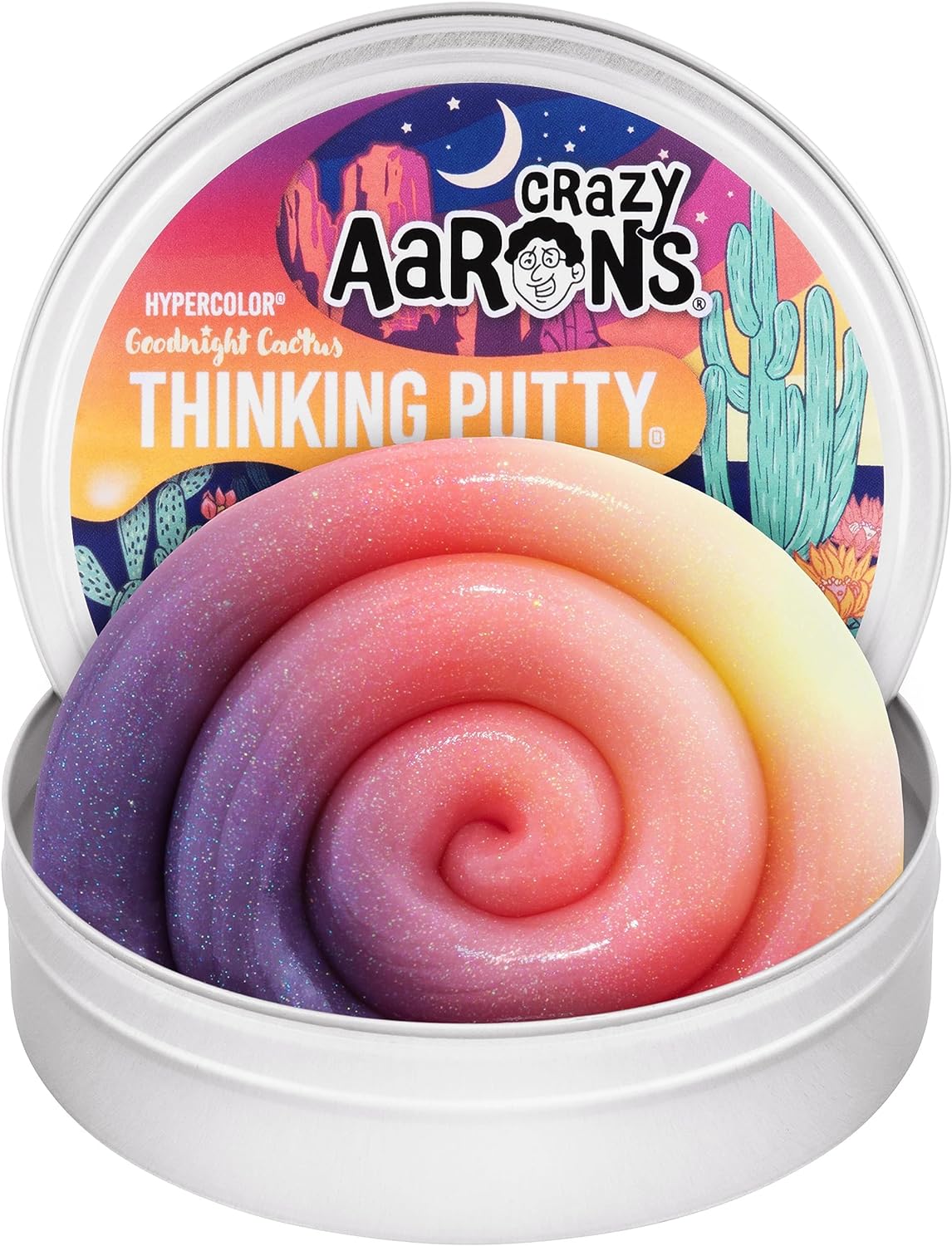
Amazon
Crazy Aaron's Hypercolor® Thinking Putty®
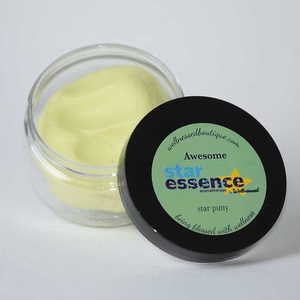
Wellnessed Boutique
Star Essence Awesome Sensory Star Putty
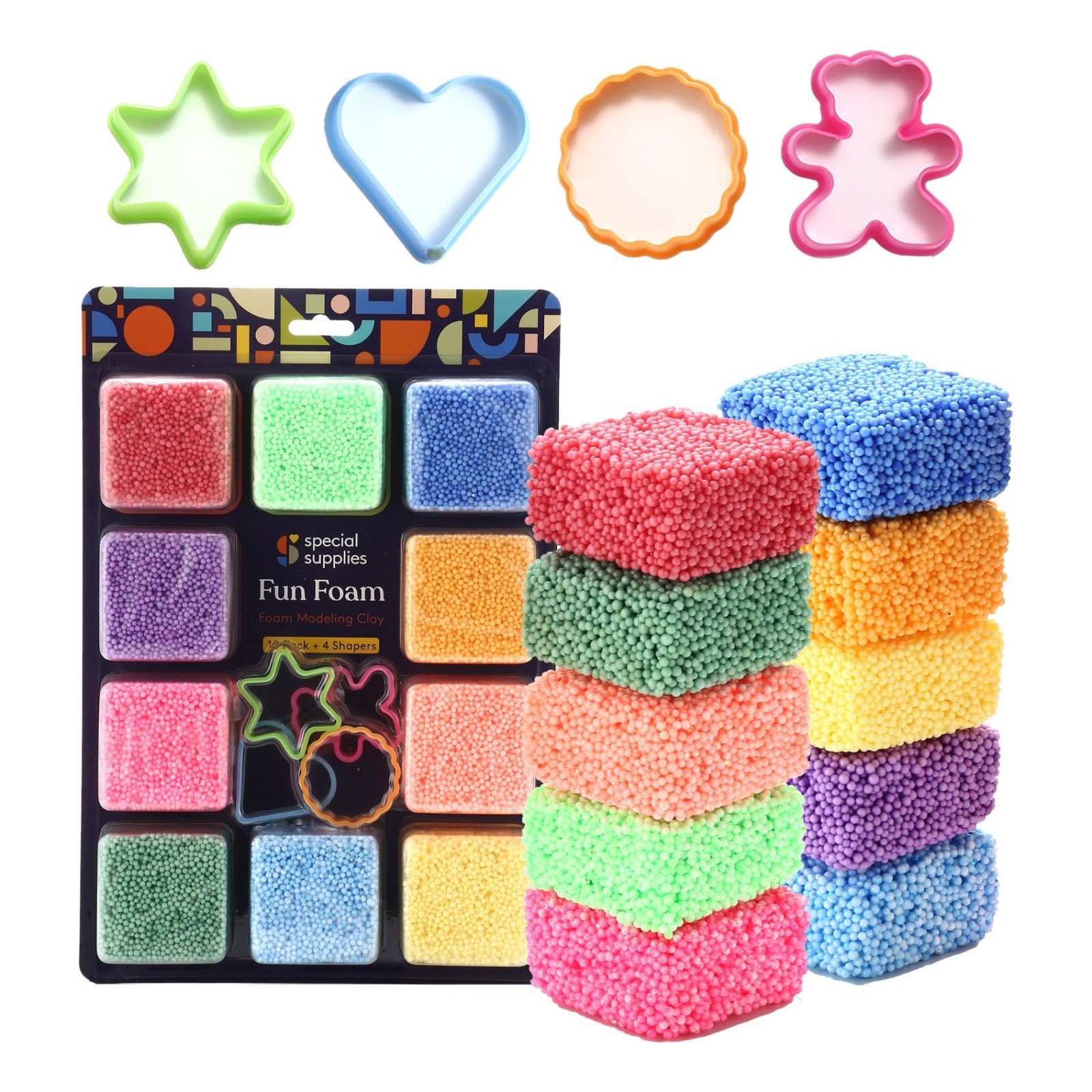
Special Supplies
Special Supplies Fun Foam Modeling Foam
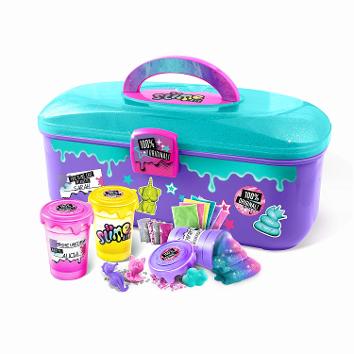
Amazon
So Slime DIY Caddy Sensory Slime Kit
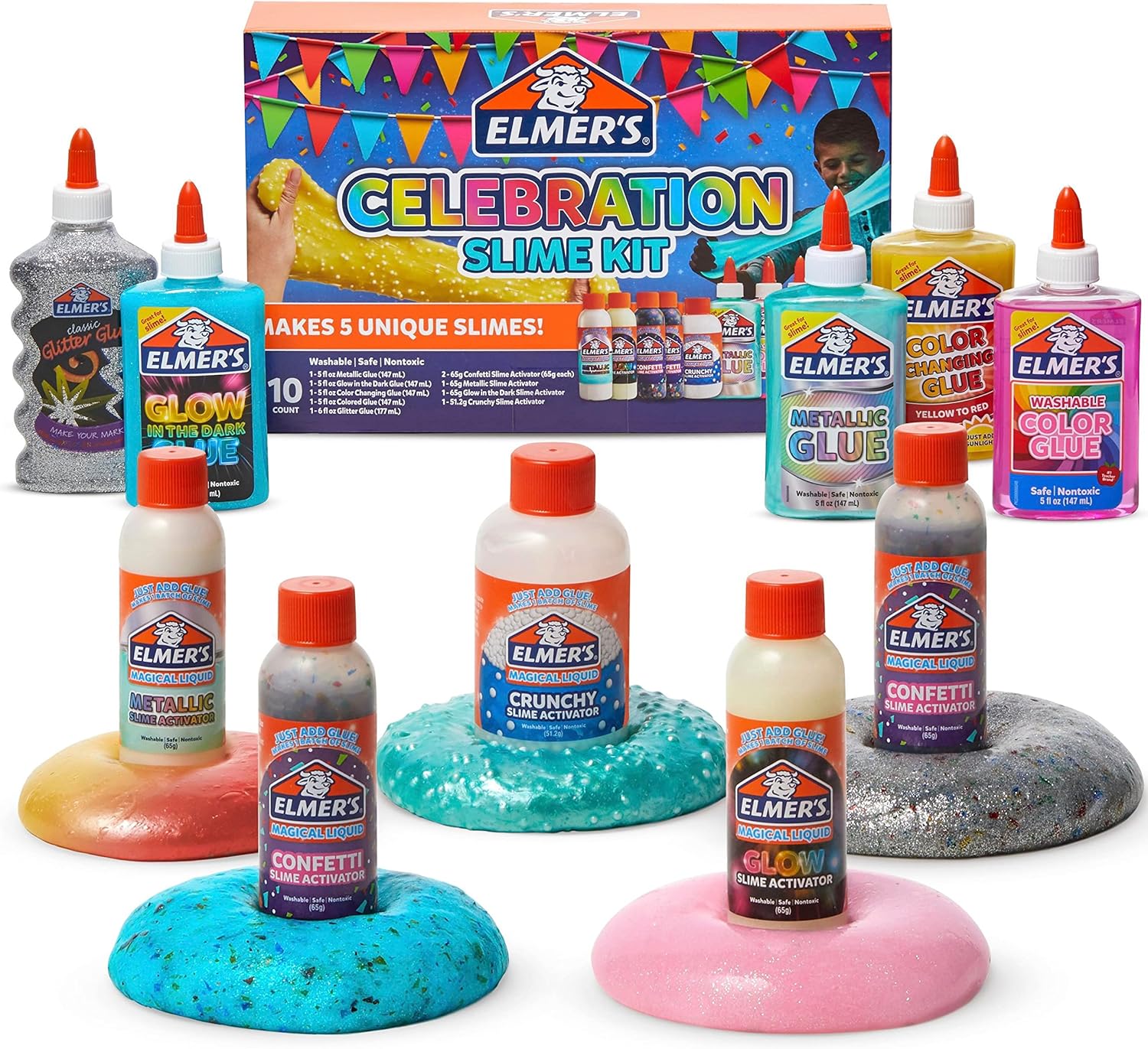
Amazon
Elmer's Slime Kit Liquid Slime Activators
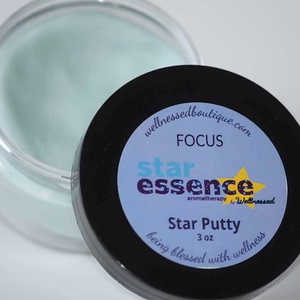
Wellnessed Boutique
Star Essence FOCUS Aromatherapy Putty
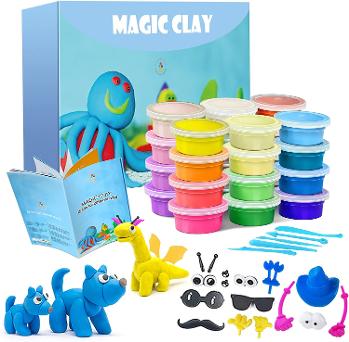
Amazon
Clay Kit Air Dry Magic Clay, Soft & Stretchy
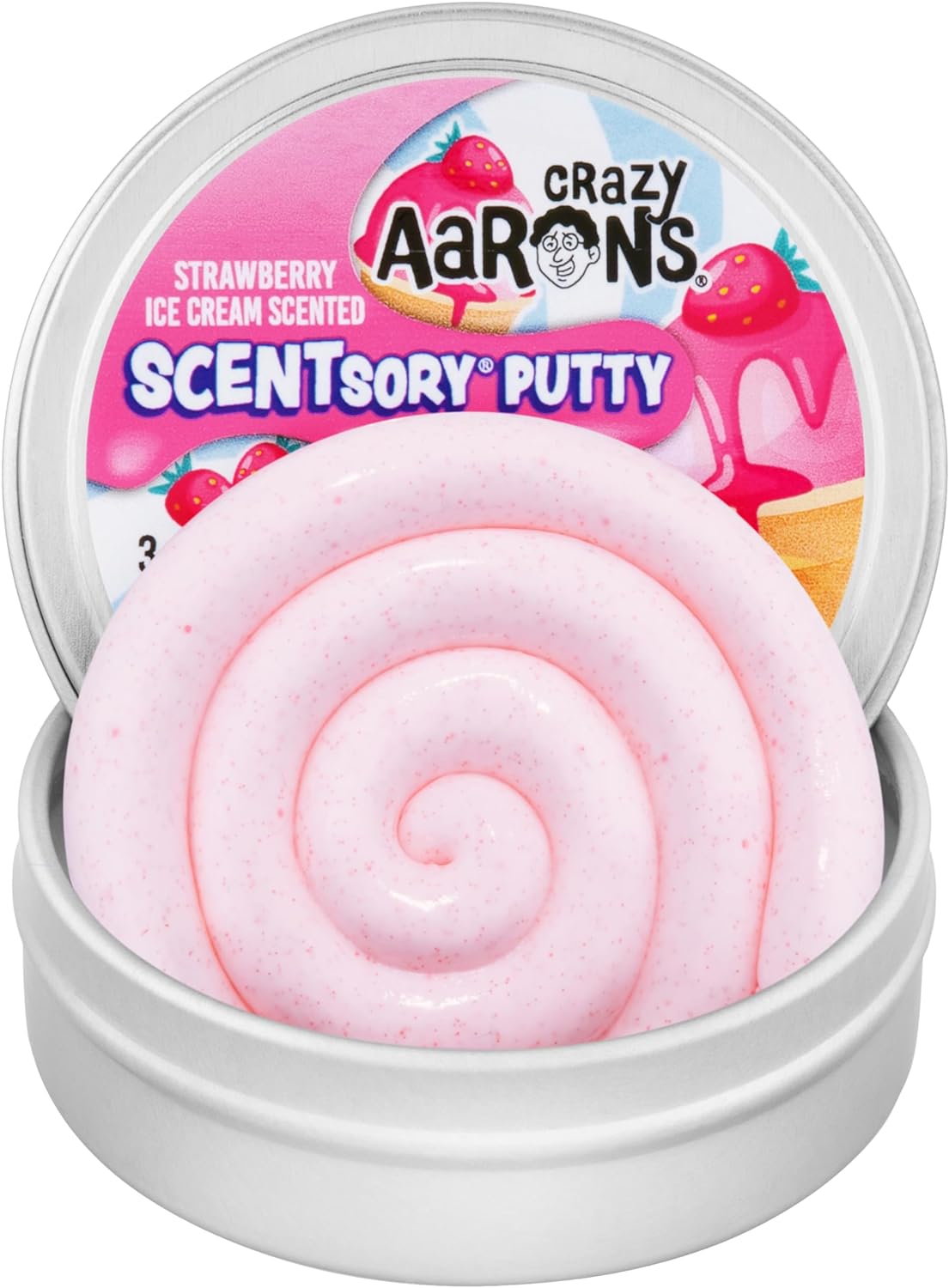
Amazon
Crazy Aaron's Thinking Putty Scoopberry
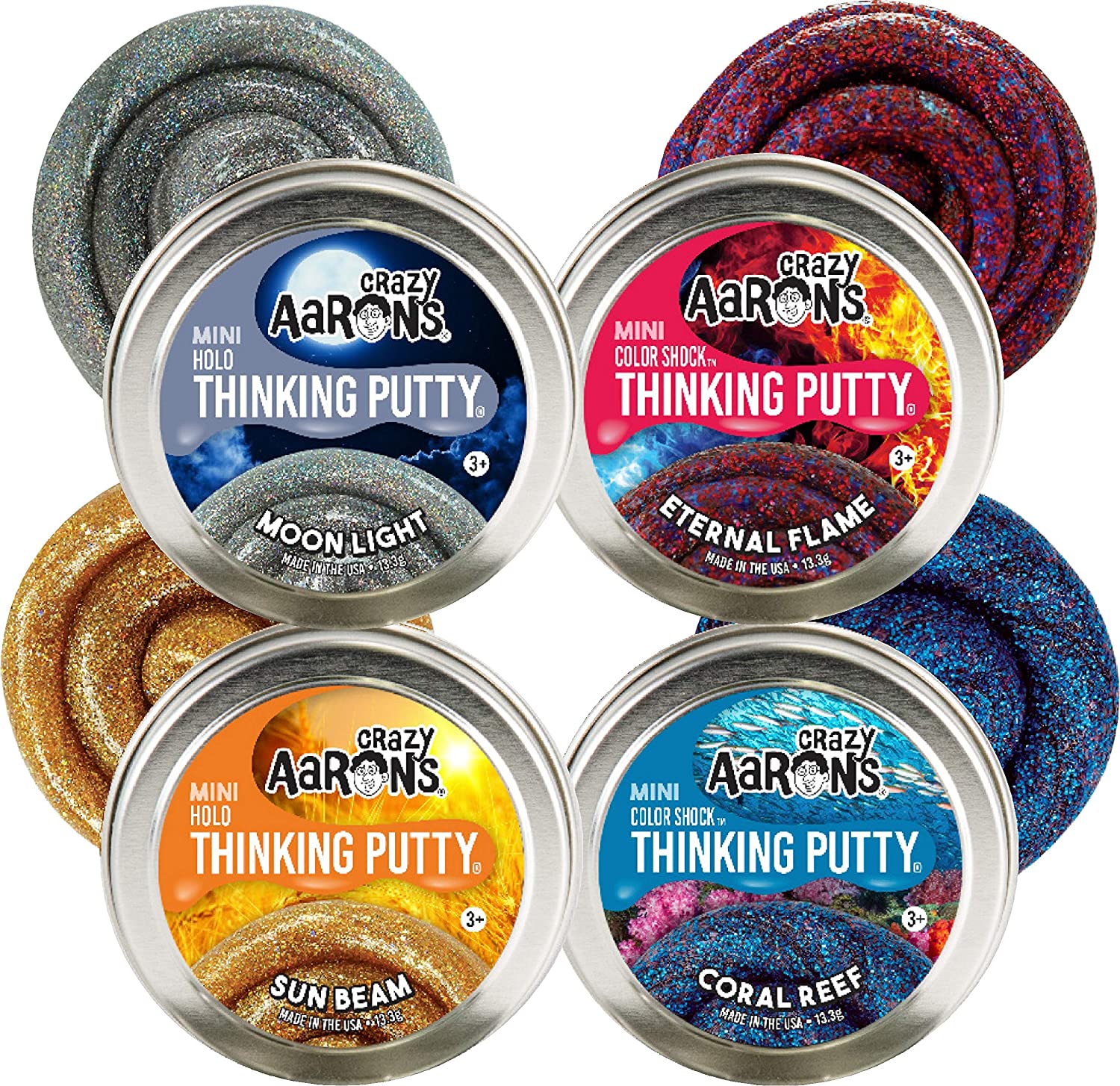
Amazon
Crazy Aaron's Putty Color Shock & Holo Tins
